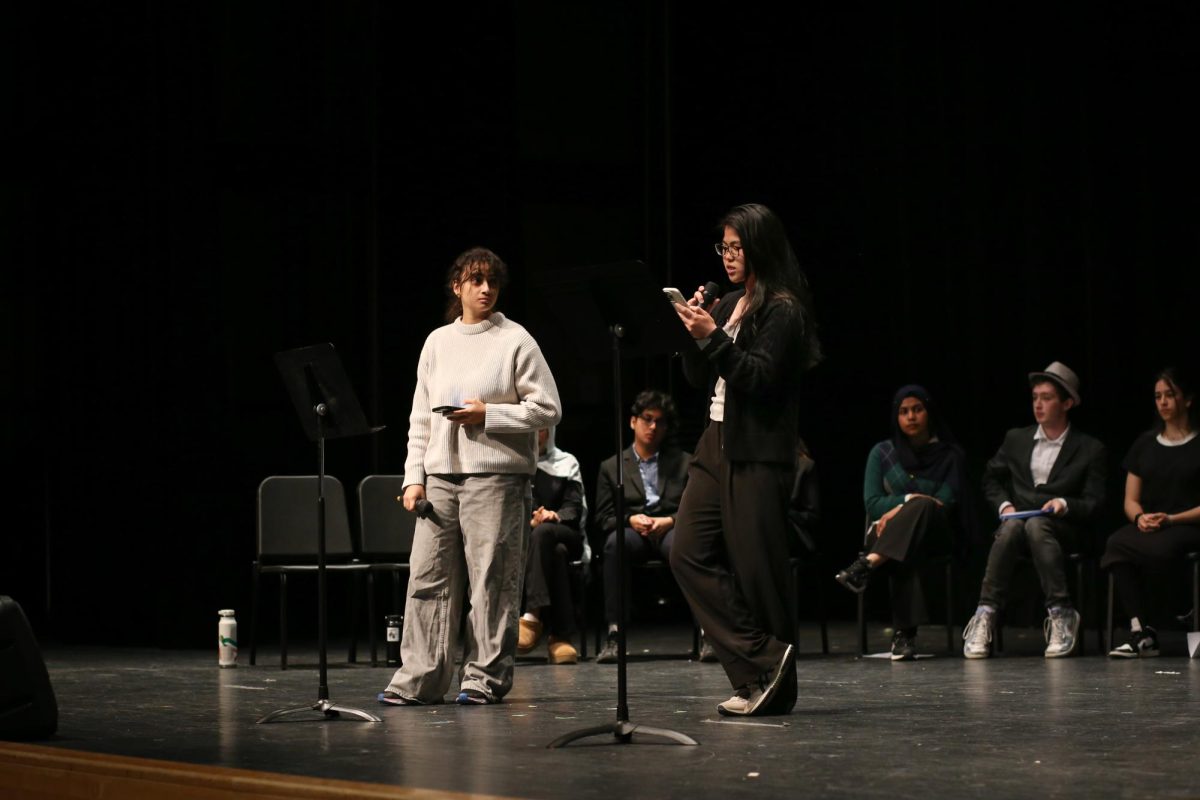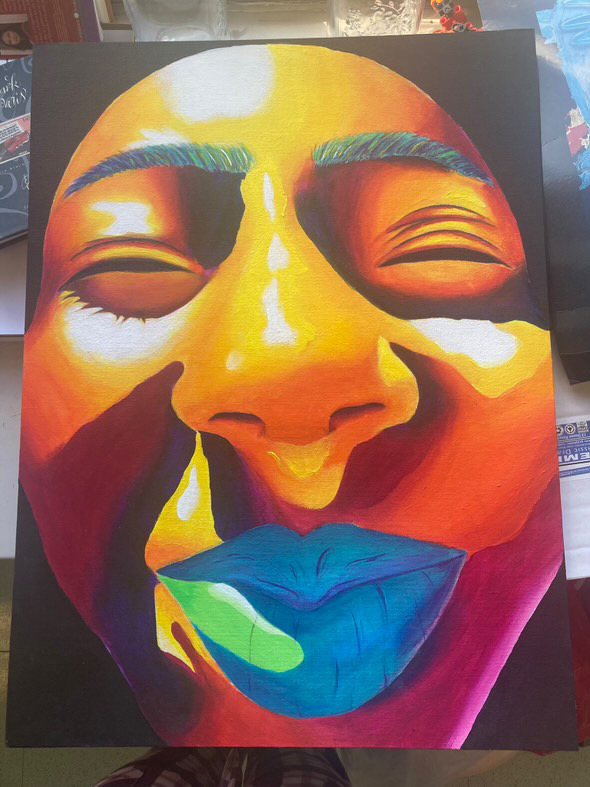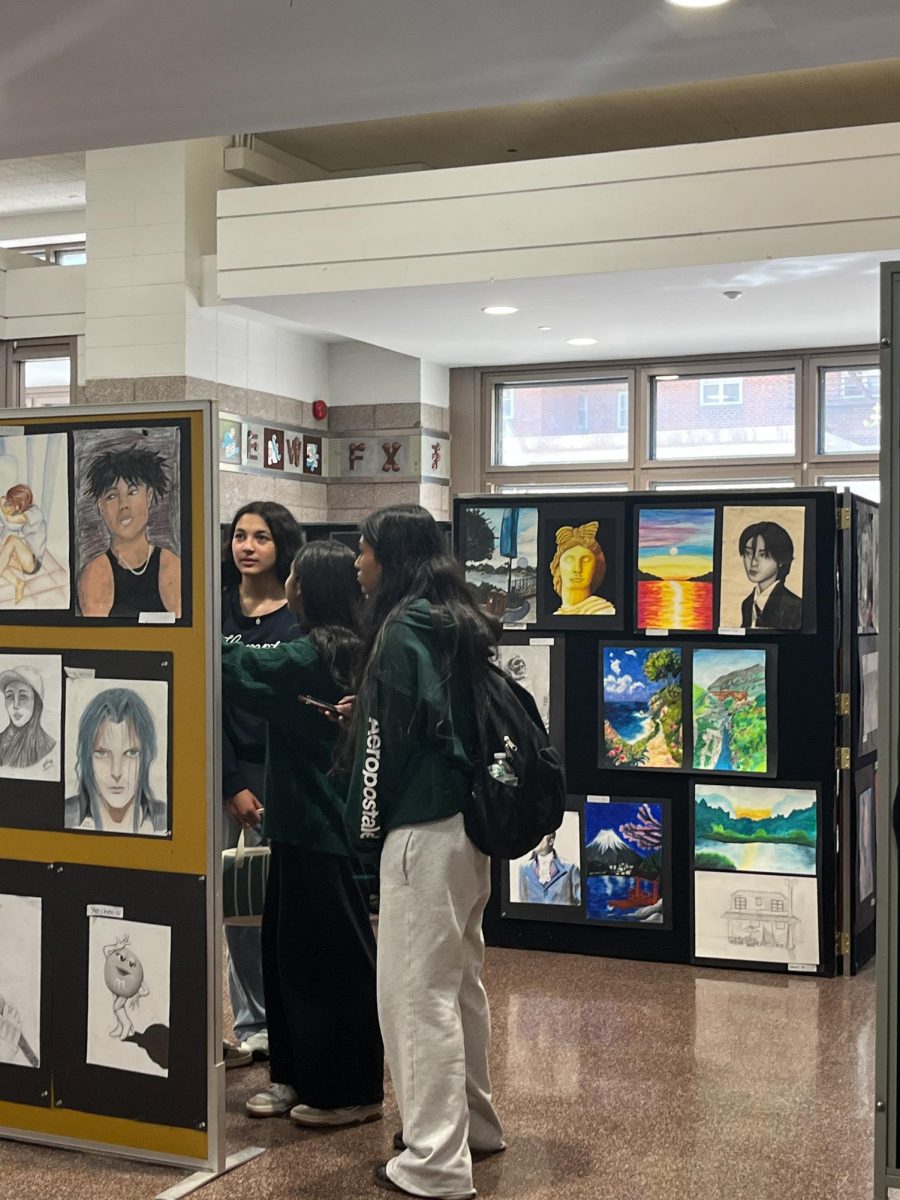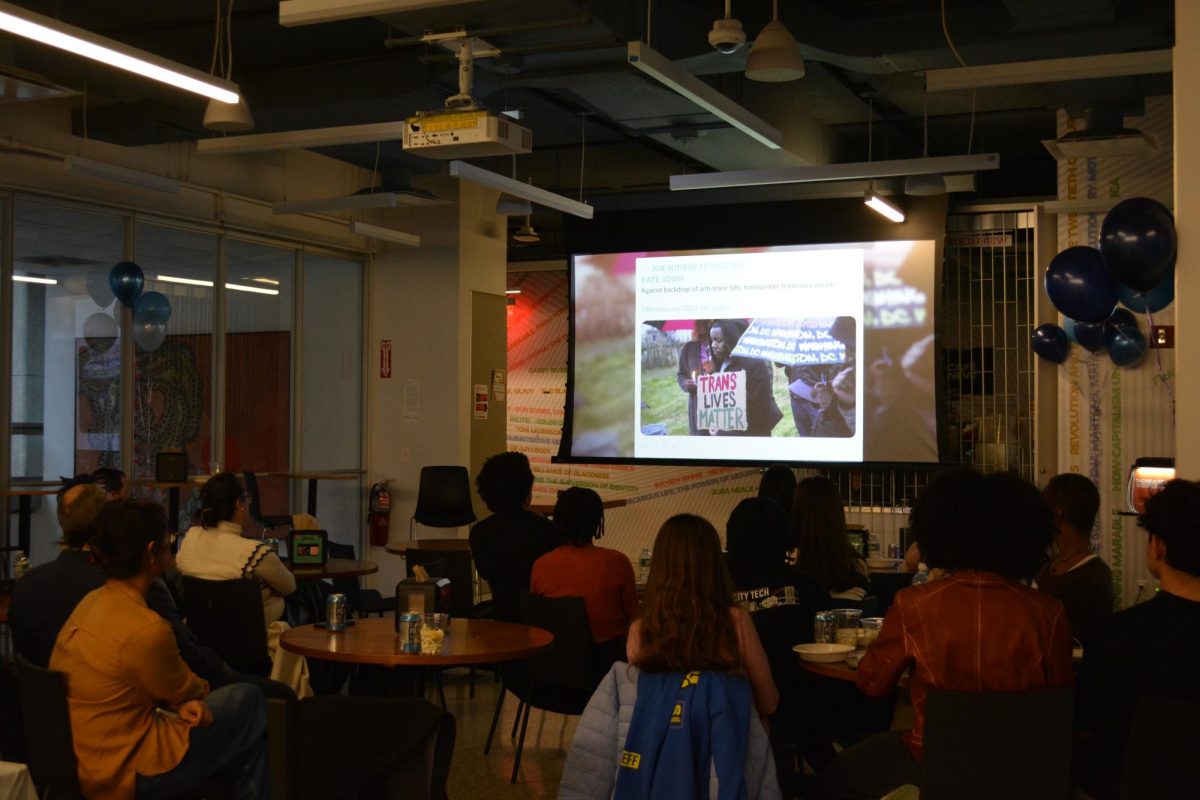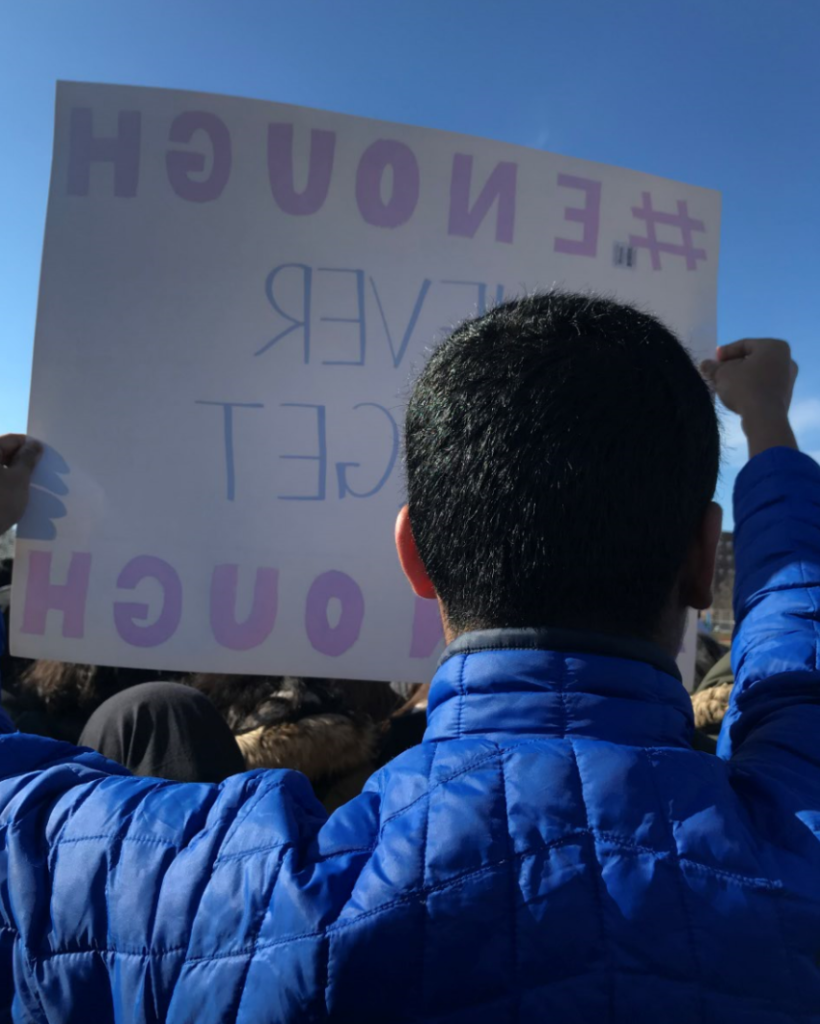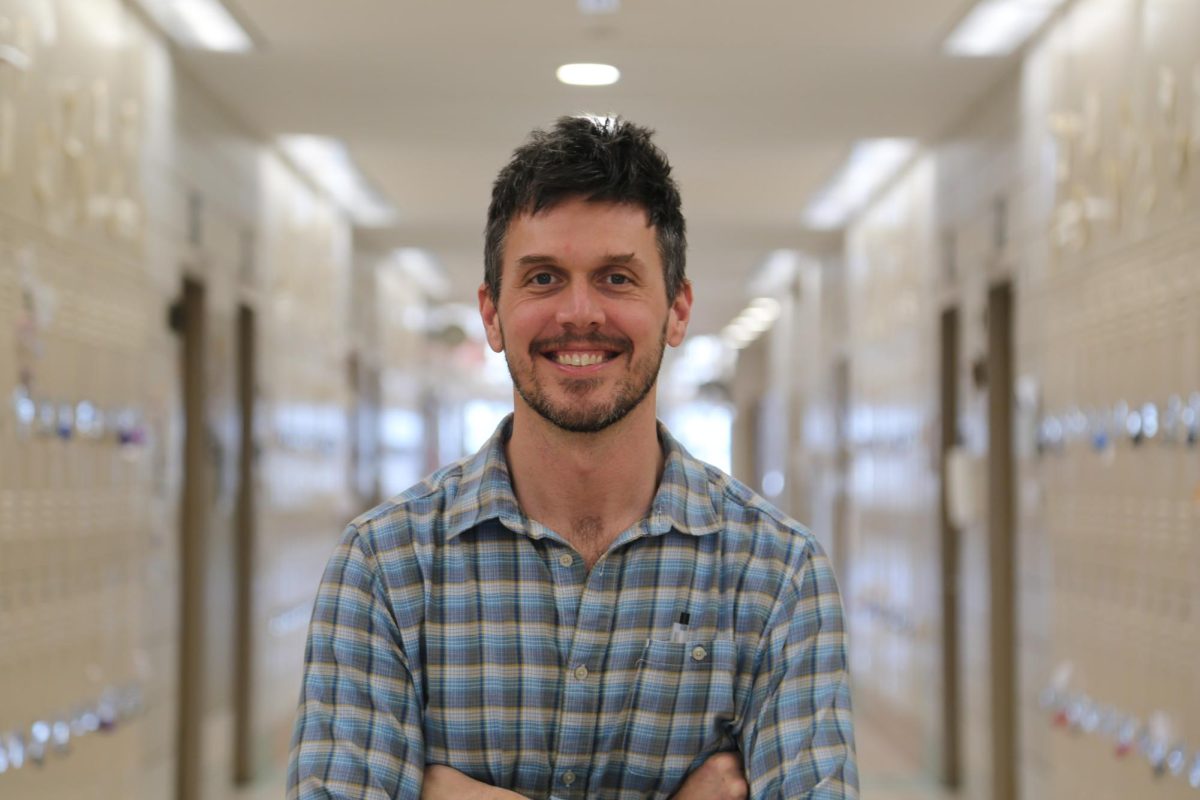
You see it every day. Rumors, whispers, falsehoods. Alternative facts. Fake news.
Now, more than ever, news has become an important outlet for information. It shapes our views of the world, the people that live in it, and the problems that those people face. News has changed the course of history and perpetually continues to do so. But in the midst of articles and reports, there is a different, newer kind of journalism: photojournalism.
Photojournalism has become increasingly vital in presenting news. Whether it be a photo with captions in the middle of an article or a documentary about a continuing issue, it has the ability to capture a moment in a way that words cannot. Whether it’s with the Flint water crisis, the March for Our Lives, or anything in between, nothing captures the emotion of a town struggling for water, or that of passionate students, like a photograph.
In recent years, social justice movements all around the world have used photos to their advantage, appealing to human nature to gain support.
Senior Renaenia Pangan, a photography editor for The Classic, said that it’s in the unique nature of photos that captivate audiences and tell all sides of a story. “When you look at a photo, you can see not only what is happening visually, but you can see what people are doing, how they are feeling all captured in real time.”
She added that photographs generally evoke emotion by showing the real power behind social justice movements. “I believe that in order for you to really fight for a cause you need a reason,” she said. Pictures give people who are not directly affected by the problem motivation to take actions by appealing to emotions.
Sophomore Katrina Dydzuhn, another photography editor for The Classic, agrees. “With words, there are things that the writer can leave out,” Katrina explained. “With a photo, every single thing that is in the frame can be portrayed.” According to her, it’s the reality of photos that resonates with people and creates lasting impressions. Words on a page can easily be ignored, but pictures show that “there are human beings behind this, and the public can see them” as well as the truth behind the issues they face.
Another key factor, especially in the modern world, is the presentation and medium of photographs. In this age, people’s attention spans are short. “Many people don’t want to read an article,” Katrina said. Usually, people read content if it “looks cool” or if they are interested in the topic. Photographs add that compelling factor and often encourage audiences to take that extra second to pay attention to the story. This is essential for articles, especially those about controversial movements; pictures can reinforce these ideas, showing that these issues are real and need to be addressed.
Both of these points demonstrate just how effective photos can be to social justice movements. Renaenia has been a part of a controversial movement herself, taking pictures of the school environment during Interim Acting Principal Rosemarie Jahoda’s leadership. She was always looking to capture the atmosphere in a snapshot, through “people who were actively engaged in the movement” who could help her convey the message.
Photographs unite people under emotion and humanity in a way that words cannot. Renaenia experienced this feeling herself with a photo of the Black Lives Matter movement of a sobbing African American boy and a Caucasian police officer in an embrace. Four years later, this photo still affects her, powerful in its portrayal of “people of different races putting aside their differences and uniting in a cause.”



